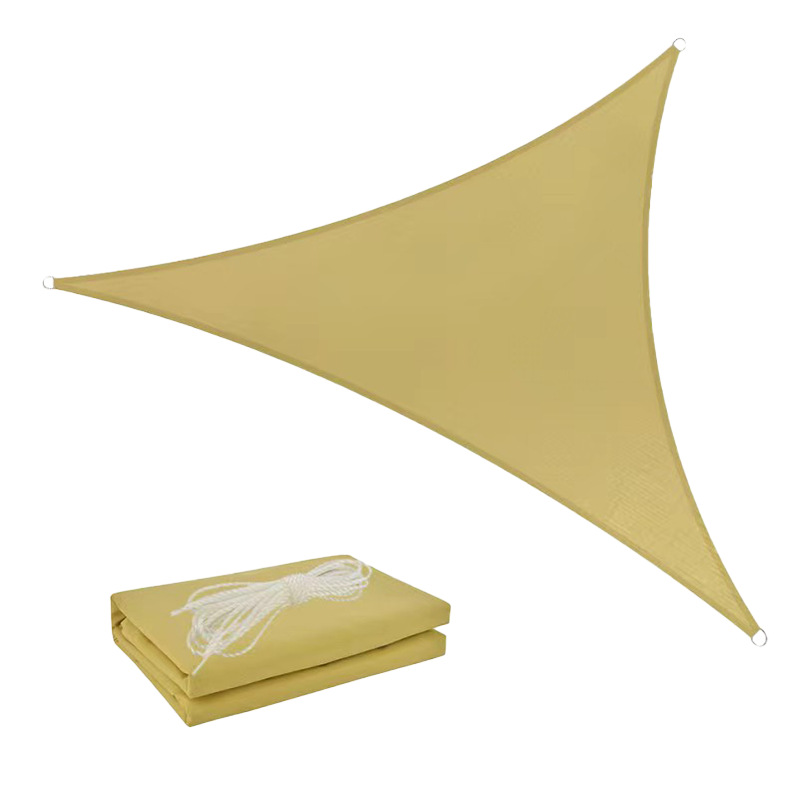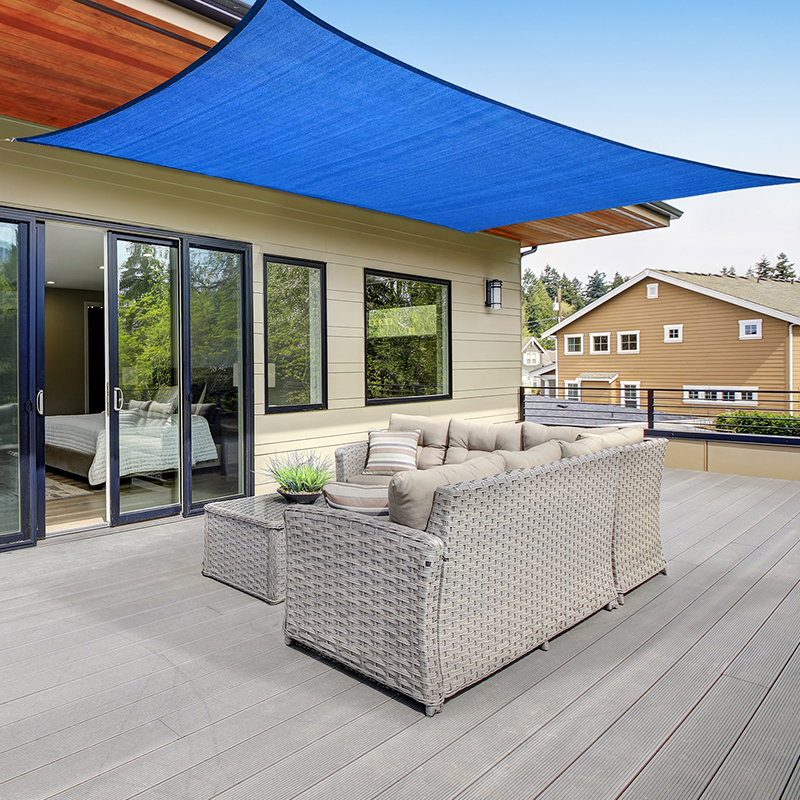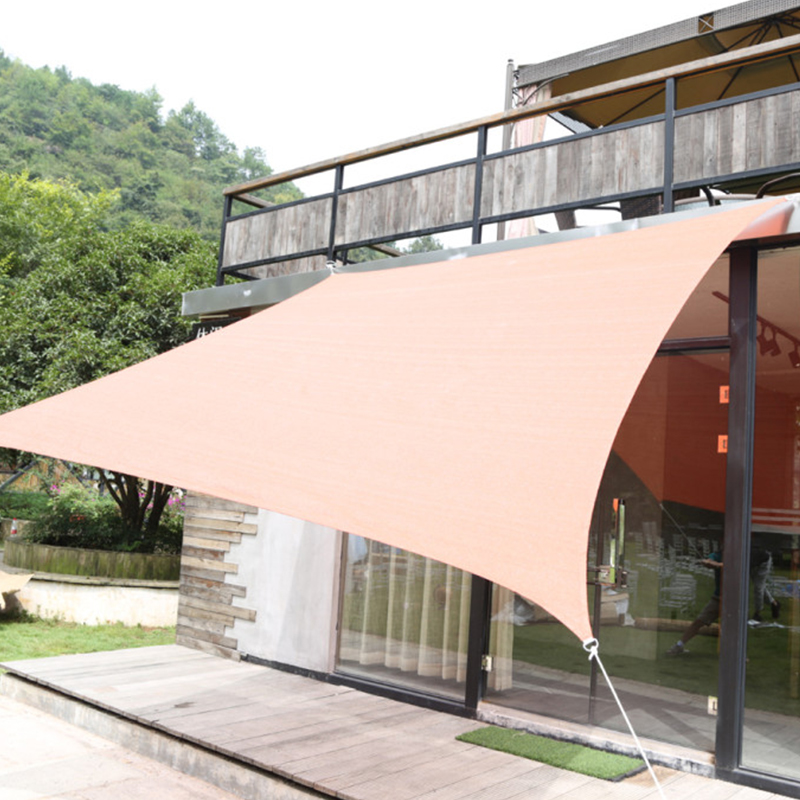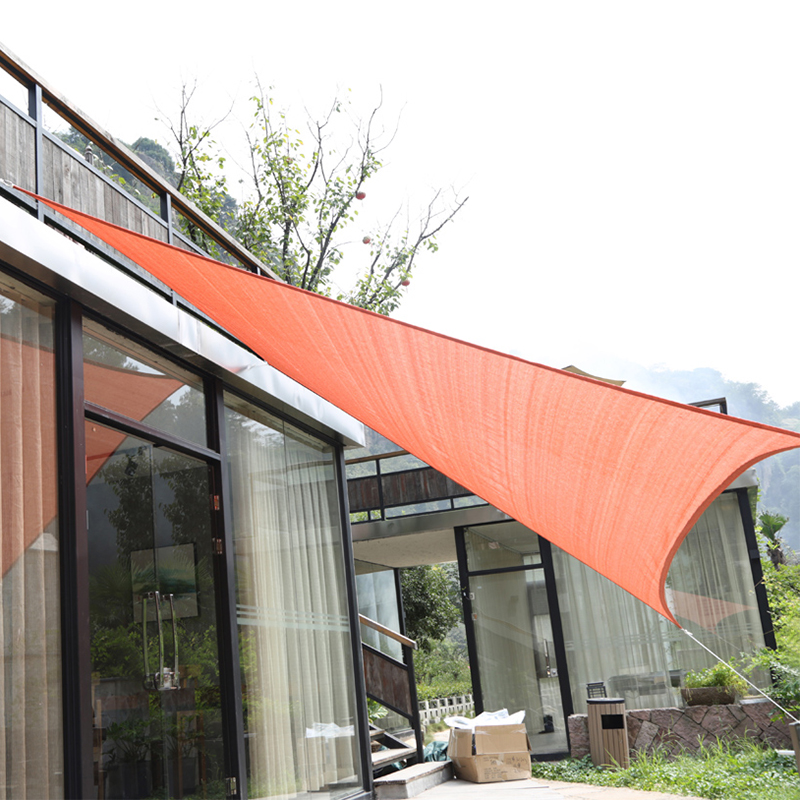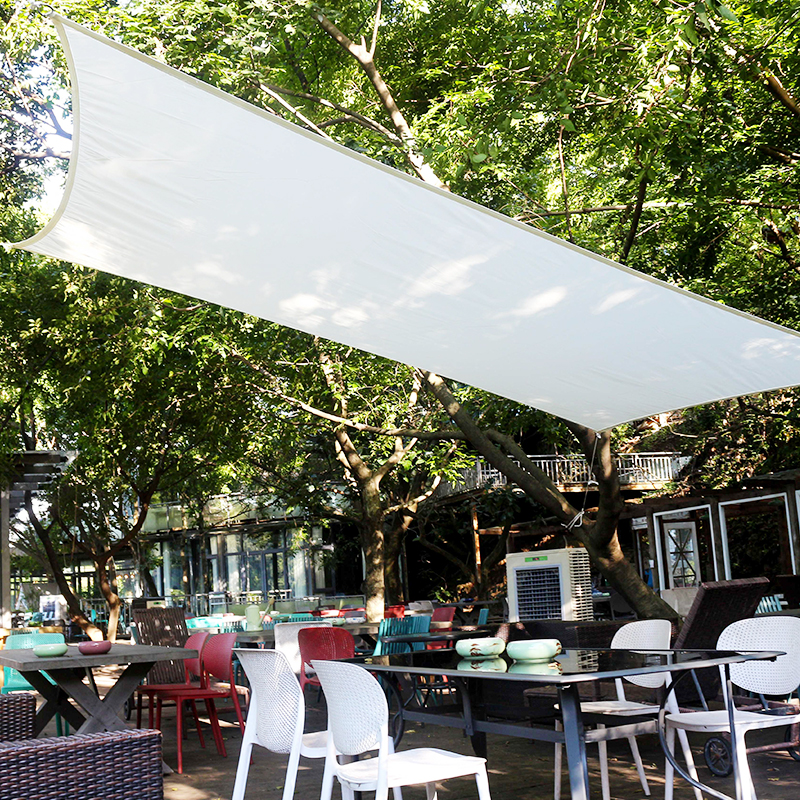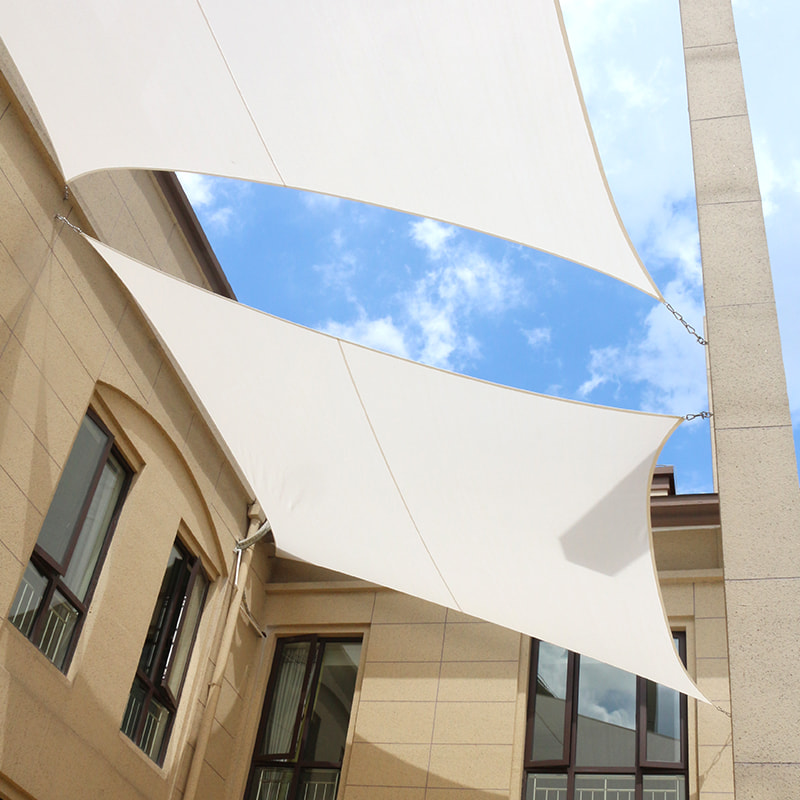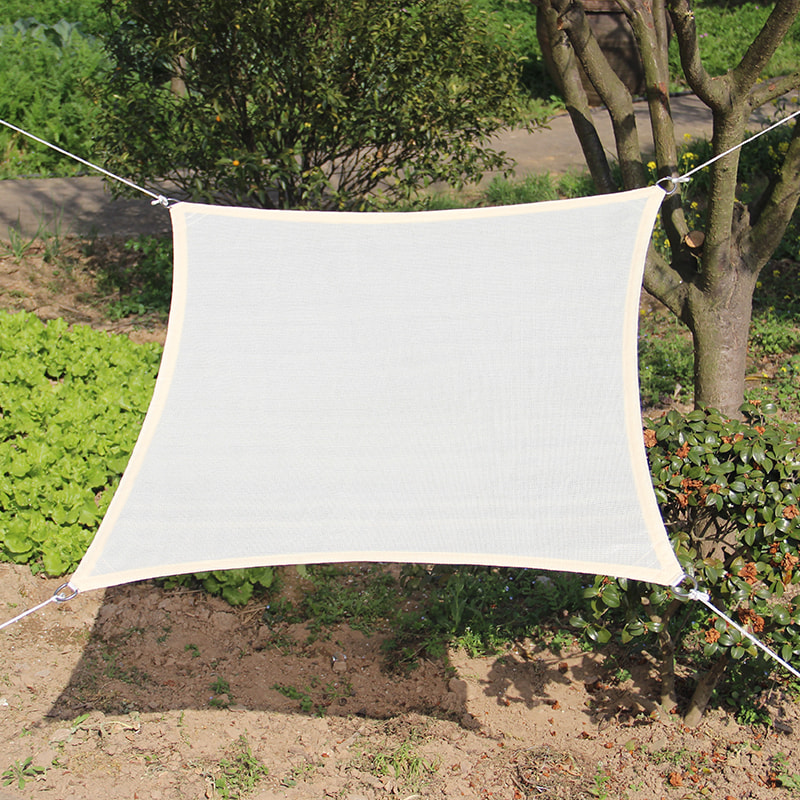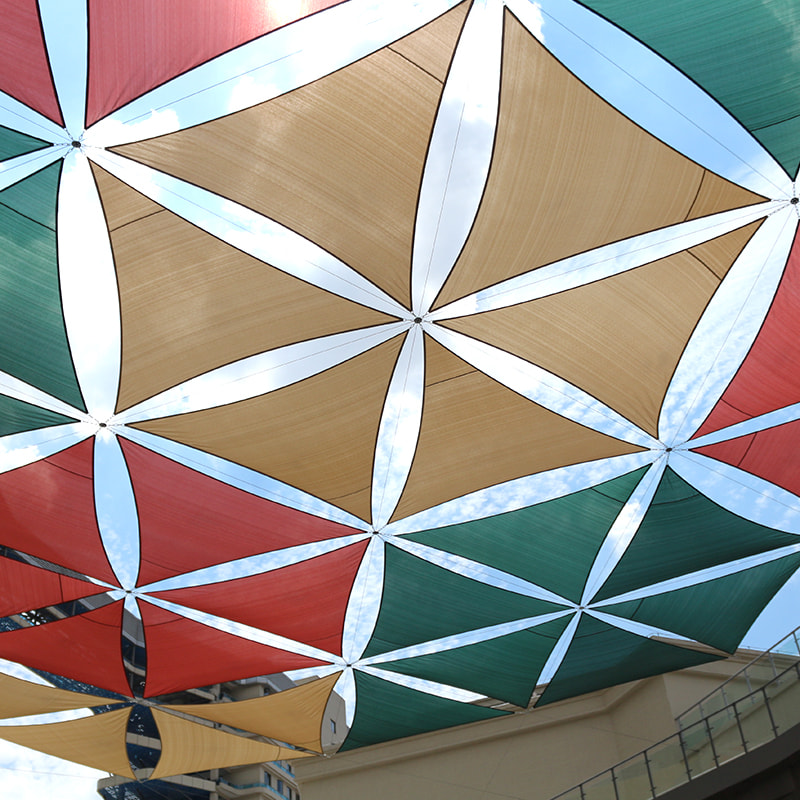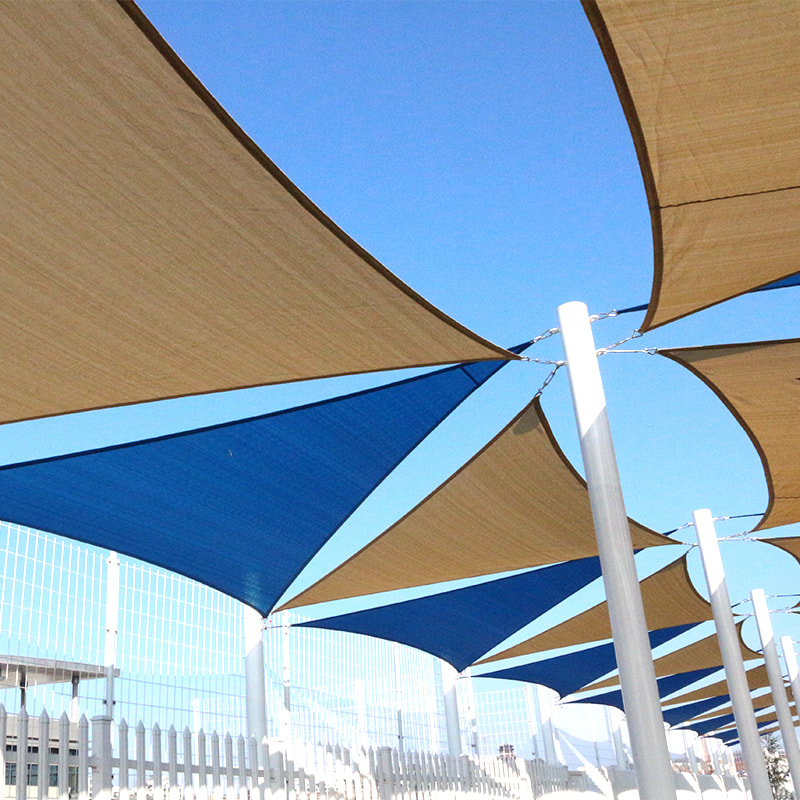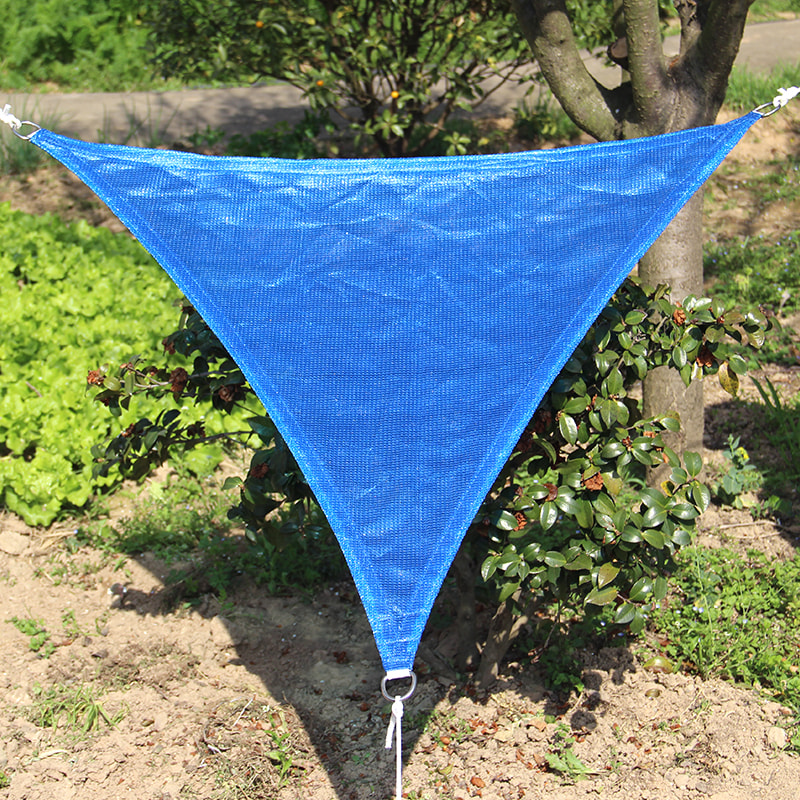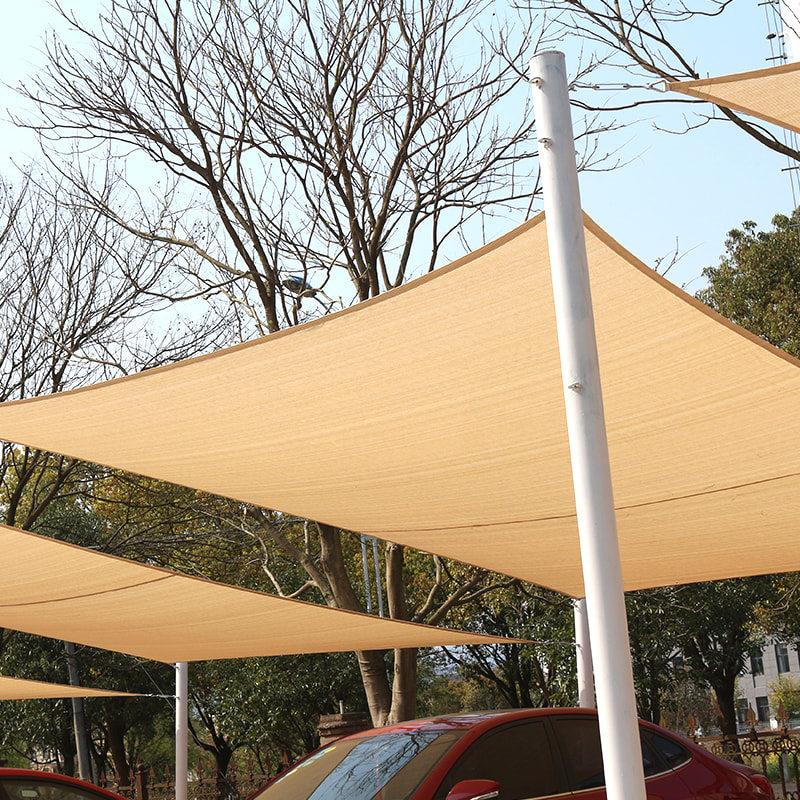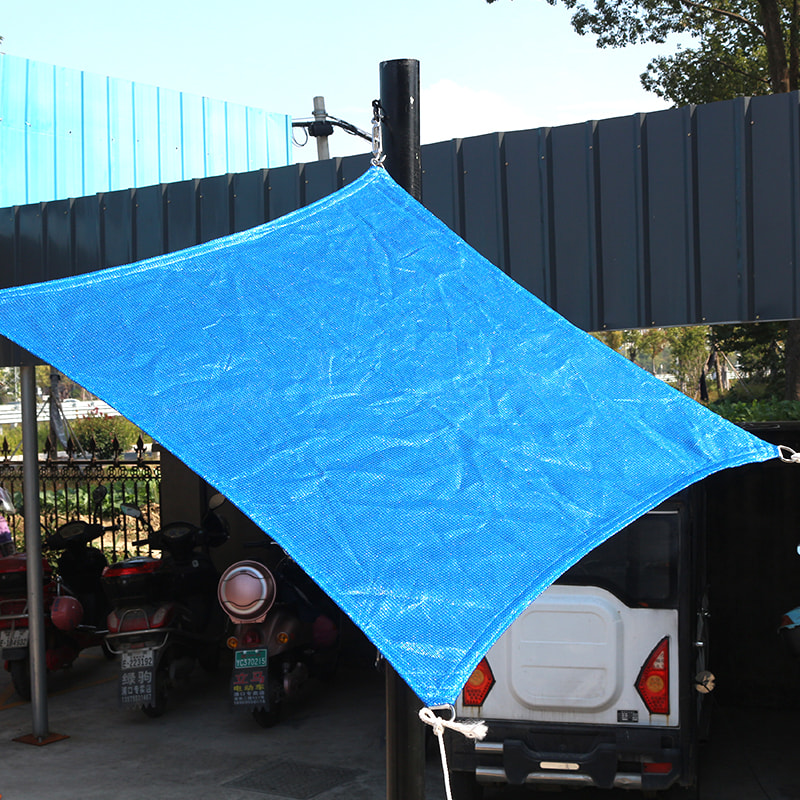Different Types of Shade Nets
Date:2022-06-01
A Shade Net is a type of fabric used in greenhouses to prevent sunlight from causing damage to crops. It provides protection against UV radiation and overheating. Its use also helps reduce the effects of strong winds, hail, and birds. Shade nets also reduce evaporation and windborne chemicals. These nets are typically made of two different materials: wood or steel framework and fastening materials. These are the most common types of nets used in greenhouses.
Plants do not like excess sunlight and shade nets help them grow properly by reducing the amount and direction of radiation. They also help increase branching and compactness of plants. They can be purchased in a wide variety of sizes and shapes. They are a useful crop protection against hailstorms and heavy rains, too. You can find many varieties of Shade Nets in the market today. This article will provide an overview of some of the most important features of each type.
Waterproof: Shade nets have excellent UV stabilized properties. Waterproof shade nets are made of High-density polyethylene (HDPE). This type of shade net is ideal for water-mounted solar photovoltaic systems. The downside to HDPE is that it degrades under UV rays. For this reason, manufacturers started considering carbon black as a UV-resistant additive that they could mix into the base material. Once the material is woven, the UV-resistant additive will not break down the shade net.
If you're planning to grow vegetables or fruits in your shade, you should invest in a high-quality, waterproof Shade Net. These are made of high-density polyethylene and feature a reinforcing membrane. They provide extra rigidity against hail and wind force and prevent the accumulation of heat. In addition, Shengzhou Sanjian Netting Co., Ltd. shade nets are heavier than normal shade nets, so you can protect your plantation from hailstorms, high-speed wind, and even heavy rains.
A colored Shade Net can be your secret ally in growing your favorite produce. Light plays a key role in plant growth, physiology, and flowering. Higher plants respond to light intensity, direction, and frequency, which affects their growth and development. By manipulating the light spectrum, growers can manipulate plant growth. With a shade net, you can control the amount of red and far-red light reaching the plants and improve their yields. You can even control the rate of growth and flowering, which helps to meet the needs of your market.
A shade net is a useful tool for greenhouse greenhouses. It absorbs some of the sun's rays and reflects some of the remaining light. Depending on the crop, a shade net can reduce solar radiation by anywhere from 15 to 80%. It is important to choose the correct shade net for your particular crop, as different varieties may respond differently to the shade. However, in the end, a shade net is an excellent investment in protecting your crops from harmful UV radiation.
A shade net is useful in many settings, including the greenhouse and nursery. They protect plants from harmful UV rays and are used commonly in commercial greenhouses and nurseries. Despite their popularity, the Shade Net can also be used in a home garden.
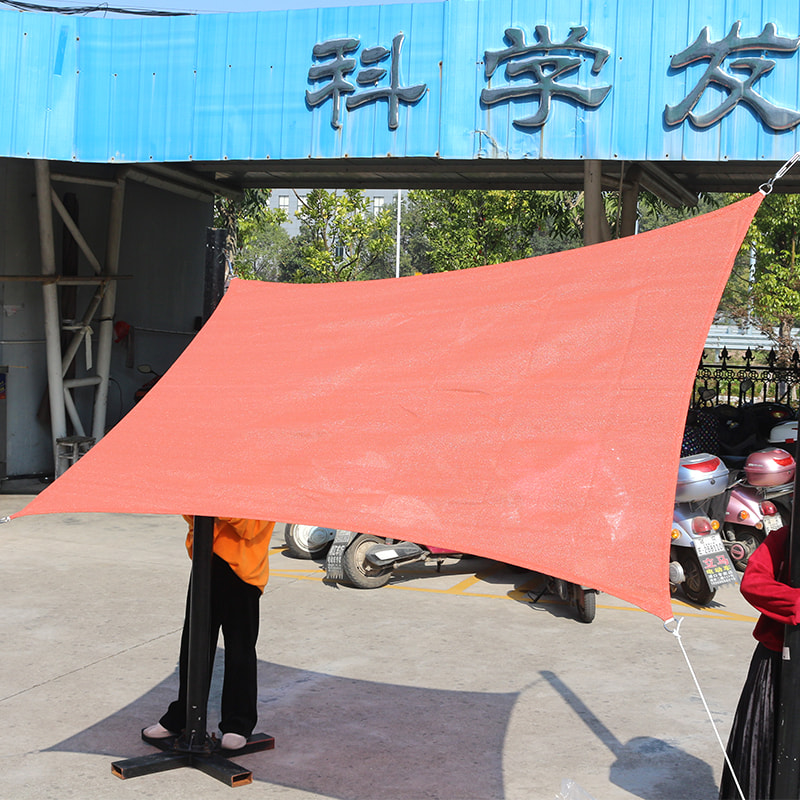


 English
English Español
Español Deutsch
Deutsch